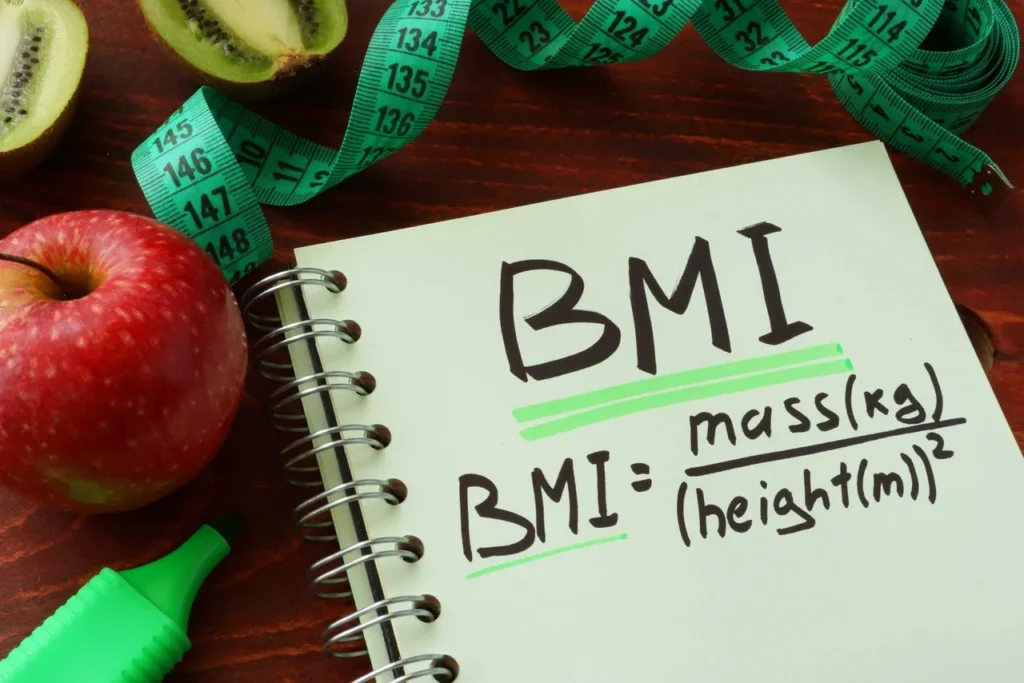
Whenever I consult a new client, almost everyone asks me this question- How much should I weigh according to my height? It does not surprise me anymore why they ask me this question because everyone from their family doctors to self-proclaimed fitness experts highly recommends a BMI chart to check body composition. This blog will explain why applying this to individuals is useless.
If you are unaware, body mass index is based on the concept that weight should be proportional to height. BMI relates body mass (In kilograms) to size (in metres) squared (BMI= weight/ height2). It is a rough estimate of body composition.
This formula(previously known as the Quetelet index) was introduced in the 19th century by a mathematician named Lambert Adolphe Jacques Quetelet to measure the general population’s degree of obesity. Still, the intentions behind this concept were never something related to health. Remember, he was a mathematician, astronomer, and statistician, not a physician. In the early 1970s, American physiologist and nutrition researcher Ancel Keys changed this Quetelet index’s name to Body mass Index. Ancel keys used this formula for population studies, and he strongly opposed the use of this formula on individuals, but people still use this to measure their body composition. This BMI chart is very popular among insurance companies as they use this chart to determine life insurance rates. So as we can see, the purpose of BMI was never related to individual health.
We should not use BMI to determine body composition for many reasons. First, it does not differentiate between fat-free mass(lean muscle mass) and fat mass. Bone and muscles are denser than fat, so people with strong bones and a huge amount of lean muscle mass, such as some athletes, will have a high BMI. So, should they call them overweight or obese because they have a high BMI? I know many people who are obese according to this BMI chart, but they are incredibly fit and have a very low body fat percentage. Secondly, It does not apply to those who carry an unusual amount of muscle mass and are extremely short such as children.
Even the application of BMI for population studies has some limitations. It differs between different cultures and regions. For example, Mangolian people generally have a high BMI compared to Japanese people, but the prevalence of diseases is high among Japanese. Older people and women tend to have more body fat percentage than younger men, even though they have the same BMI.
To conclude, if anyone wants to know his/her body composition, do not think of BMI as a reliable method. Far better methods or equipment available in the market can be used to determine body composition. Some reliable methods are the Skinfold calliper, bioelectrical impedance machine(Most gyms have one), and waist-to-hip ratio.
Kuczmarski RJ, Flegal KM, Campbell SM, Johnson CL. Increasing prevalence of overweight among US adults. The National Health and Nutrition Examination Surveys, 1960 to 1991. JAMA. 1994; 272( 3): 205–211.
Ancel Keys, Flaminio Fidanza, Martti J Karvonen, Noburu Kimura, Henry L Taylor, Indices of relative weight and obesity, International Journal of Epidemiology, Volume 43, Issue 3, June 2014, Pages 655–665, https://doi.org/10.1093/ije/dyu058
Frank Q. Nuttall, Body Mass Index: Obesity, BMI, and Health: A Critical Review. Nutrition Today. 2015; 50(3):117-128. Retrieved from https://www.ncbi.nlm.nih.gov/pmc/articles/PMC4890841/pdf/nt-50-117.pdf
Join my email list to receive updates and information.